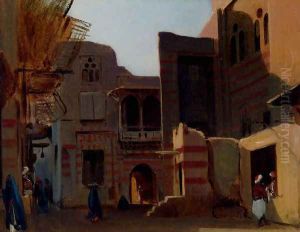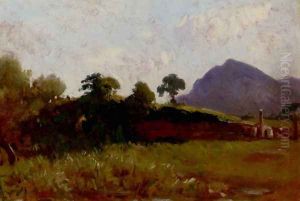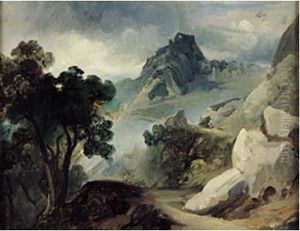Jean-Baptiste-Adolphe Gibert Paintings
Jean-Baptiste-Adolphe Gibert was a prominent French painter, born in 1803 in Paris, France. His artistic journey began at a young age, influenced by the rich cultural milieu of Paris, which was a hub for artists, writers, and intellectuals during the 19th century. Gibert was known for his exceptional skills in historical and portrait painting, a genre that was highly appreciated in the academic circles of his time.
Gibert's education in art was comprehensive and traditional, aligning with the practices of the French Academy. He trained under renowned artists of the period, which helped him develop a refined technique and a keen eye for detail. His works often depicted scenes from history and mythology, executed with precision and a deep understanding of human emotion and anatomy. This expertise gained him entry into the prestigious Paris Salon, an annual art exhibition that showcased the best of French painting and sculpture.
Throughout his career, Gibert received numerous commissions from the French aristocracy and government, which included portraits and historical paintings. These works not only cemented his reputation as a leading artist of his time but also provided a glimpse into the societal and political dynamics of 19th-century France. His portraits, in particular, are celebrated for their intricacy and the ability to capture the essence of the sitter, making them valuable historical documents as well as artistic masterpieces.
Despite his success, Gibert's work, like that of many of his contemporaries, was later overshadowed by the rise of new art movements such as Impressionism, which sought to break away from the traditional styles and themes that Gibert held dear. Nonetheless, his contributions to French art remain significant, and his paintings are preserved in museums and private collections around the world, serving as a testament to his skill and dedication to his craft.
Jean-Baptiste-Adolphe Gibert passed away in 1889, leaving behind a legacy that continues to be studied and admired by art historians and enthusiasts. His life and work reflect the complexities and transitions within the art world of the 19th century, marking him as a key figure in the history of French painting.















